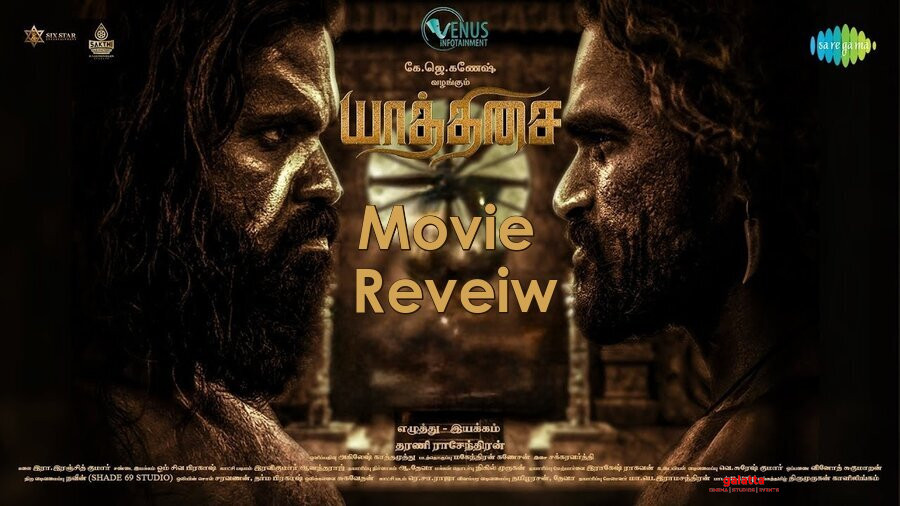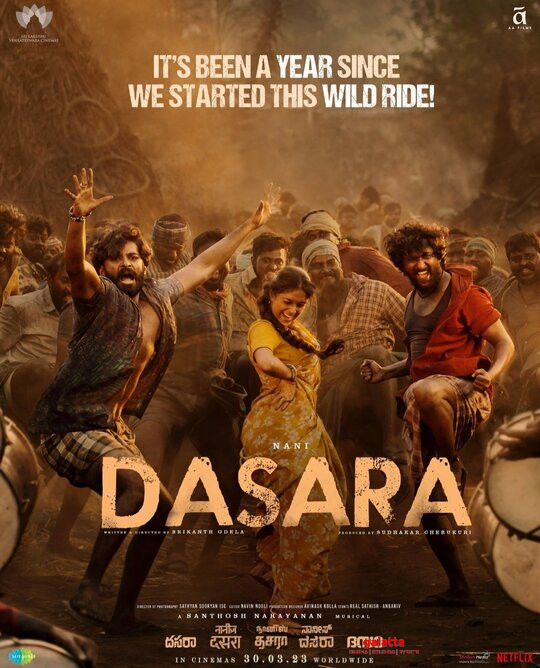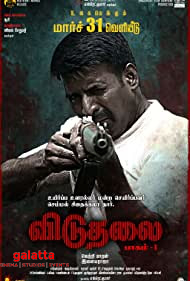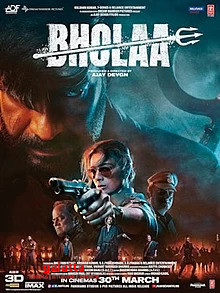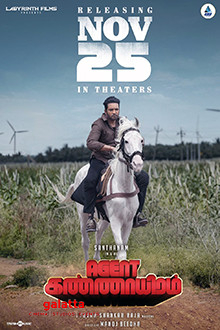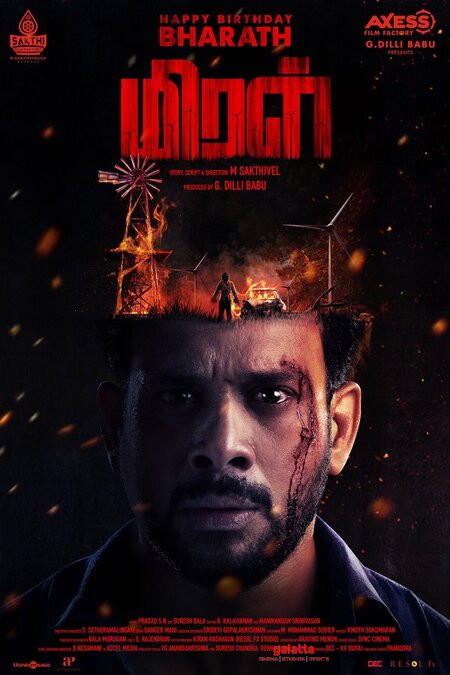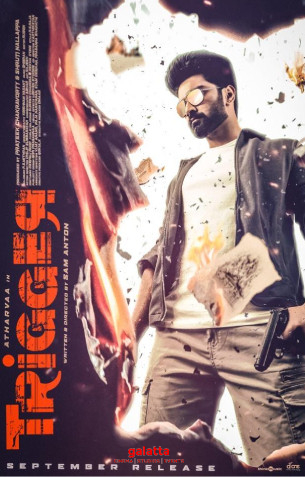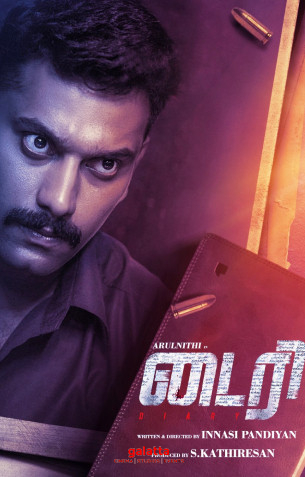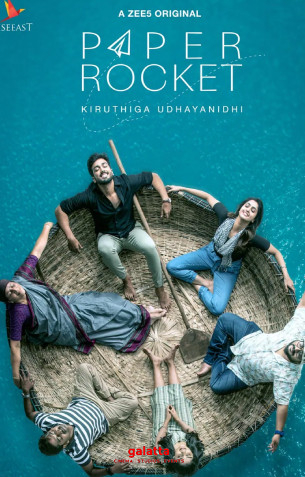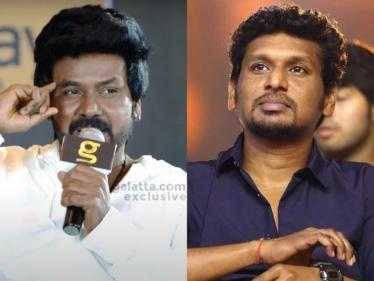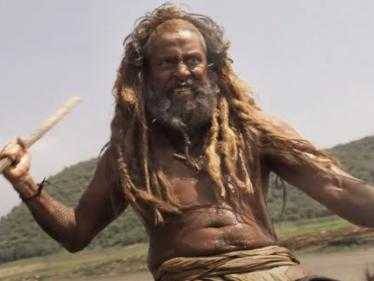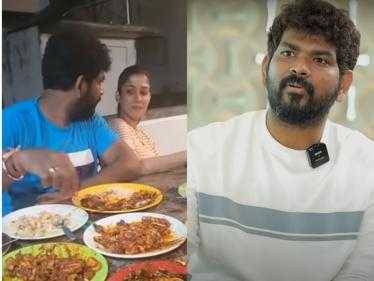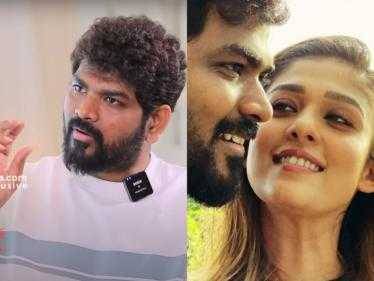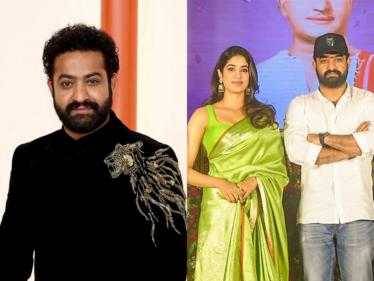Yaathisai Movie Cast & Crew
The broad storyline of Yaathisai, set in the 7th century, is as narrow as possible – I mean, as tightly focused as possible. The Cheras, Cholas and Pandiyas are fighting. The wars go on and on until the Pandiyas drive the Cholas into hiding, a plot point that gave birth to Selvaraghavan's Aayirathil Oruvan. The Cheras, meanwhile, are sold off as slaves, and they remain mostly off-screen – the few shots of them hint at a sequel. So with the Pandiyas on top, you expect the Cholas to regroup and fight back, but what happens is something very interesting: the first half of the film sets us amidst a completely different people, a sub-clan, a tribe named the "Ainar". They live an aboriginal, nomadic, almost hunter-gatherer kind of life in the drylands, and at least one man, Kothi (Seyon), dreams of bigger, better things. His birth is described by a narrator as something momentous, as though Nature herself willed this human being into existence.
And again, our expectations are subverted. We think Kothi is the equivalent of The One, someone who will lead his clan/tribe to greatness. After all, he does tell his wife that the child she is expecting – he has already decided it is a "son" – will not lead the nomadic existence he and his fellow-people are leading. But after he moves up in life, after he moves into a palace, he is seduced by silks and jewels and women who are forced to yield to his demands. One of the film's most spectacular scenes has Kothi relaxing in the still waters of the palace pond. We get no voiceovers or lines but we are able to imagine what it must be like for him to be leading the kind of stress-free life he wanted for his son. The contrast between the stillness of this stretch and the hyper-action of his journey up to this point is brought out beautifully.
"Beautiful" is a word that can be used for almost all of Yaathisai, which runs just about two hours. In the opening credits, there is a person listed for "storyboard", and this is a carefully designed film. The director and the cinematographer Akilesh Kathamuthu display a dramatic eye for framing, with eye-catching colours. One of the loveliest images I have seen this year is that of men climbing the walls of a palace. Instead of pulling back and giving us a wide view, the camera takes us just close enough that we see the action of scaling the wall and the resemblance of these men to, say, a swarm of creatures with a singular purpose. Composer Chakravarthy opts for both modern-sounding strings as well as tribal instruments like the didgeridoo (I think!), and the soundtrack rises and falls with the events on screen.
The comparisons to Ponniyin Selvan are inevitable, and all we need to say is that Yaathisai goes in the complete opposite direction. If Ponniyin Selvan is a stately, glorious Tolstoy epic, Yaathisai is a furious, gory, grimy graphic novel. The characters are minimal and functional, and the film focuses on two things. The first is the bunch of brutal action scenes choreographed by Om Siva Prakash. The first big action scene is a ferocious bout of wrestling. Then we get a set piece with a shield formation. Then we get a one-on-one confrontation. These scenes involve men trying to exert their "authority" on other men. You will hear that word a lot: authority, or adhigaram. Or you will read it a lot. The narrative keeps slipping into the local dialect of the time – it's Tamil, but not the Tamil we know – so there are subtitles in both English and in modern-day Tamil. (The title translates to "southern direction".)
Some of the techniques in these action scenes are a little too showy – like the constant switch to slo-mo, or the constant fades to black. But there's no escaping the sheer savagery of and inside these men. The blood-spattered actors, right down to the extras, look like they are out to kill each other for real. There is an almost John Wick-like simplicity in how the story is essentially a clothesline for a set of action set pieces – but Yaathisai is much more. And that brings us to the second focus of the film. Through these battles, and through the dialogues, we get to focus on the male psyche, which stays the same whether the man is Chera, Chola, Pandiya, or Ainar. Again, we return to that word: authority. These men want just one thing: authority over everyone else. In one especially lovely set of back-to-back scenes, we watch a wedding night and then an interaction between another man and woman. In both scenes, the men make it clear that the central emotion or driving force is not love. It's control. It's authority. It's the fact that power corrupts, and absolute power corrupts absolutely.
The second half brings in the Pandiya king Ranadheera (Shakti Mithran) into greater focus, and like I said before, his "kingly" status does not make him any less of a savage than those of the Ainar tribe. His showdown with Kothi is brilliantly staged, with utter minimalism. That's the success of Yaathisai. Instead of the spectacle of cinema, we get the ethnographic feel of a National Geographic documentary. The director spends a lot of time on facets like a sacrificial ritual, a pre-war dance performance, or a marriage ceremony where the wedding vows are written on a leaf and woven into the thaali. I don't know how much of this came from research and how much has been imagined, but all of it acts like a time machine, transporting us to this strange world. These long stretches between the action scenes establish wonderfully odd rhythms in the storytelling that enhance that National Geographic feeling. Even the weapons feel authentic: in a closeup, we see an arrowhead that looks like something carved by palaeolithic man.
At first, it appears that the secondary characters are not as fleshed out as they should be. There's a Brahmin priest whose lust is no less than that of the other characters he is supposedly "above", given that he says he is both king and god. (He is another male embodiment of authority.) More crucially, there are the temple dancers – the thevaradiyars – who become playthings at the hands of men. We get hints of their points of view, but not in a way that really fleshes them out. Subatra Robert, in a brief role, appears as a woman who wields power – and I would have liked to know how this came to be, given the male-centric nature of this universe. But these are small complaints in a movie that shows how men will be men, and will do anything to retain their – yes – authority.
